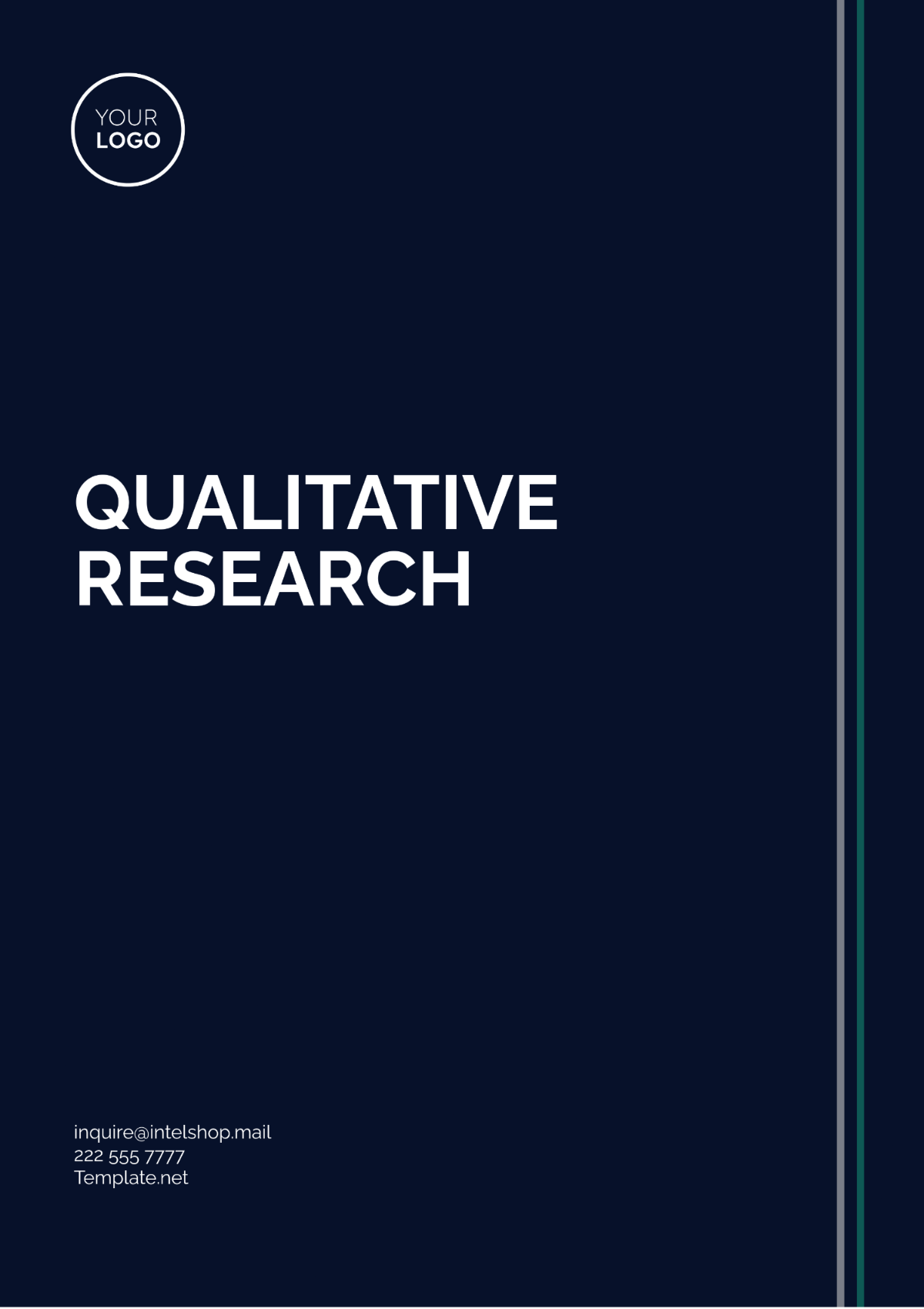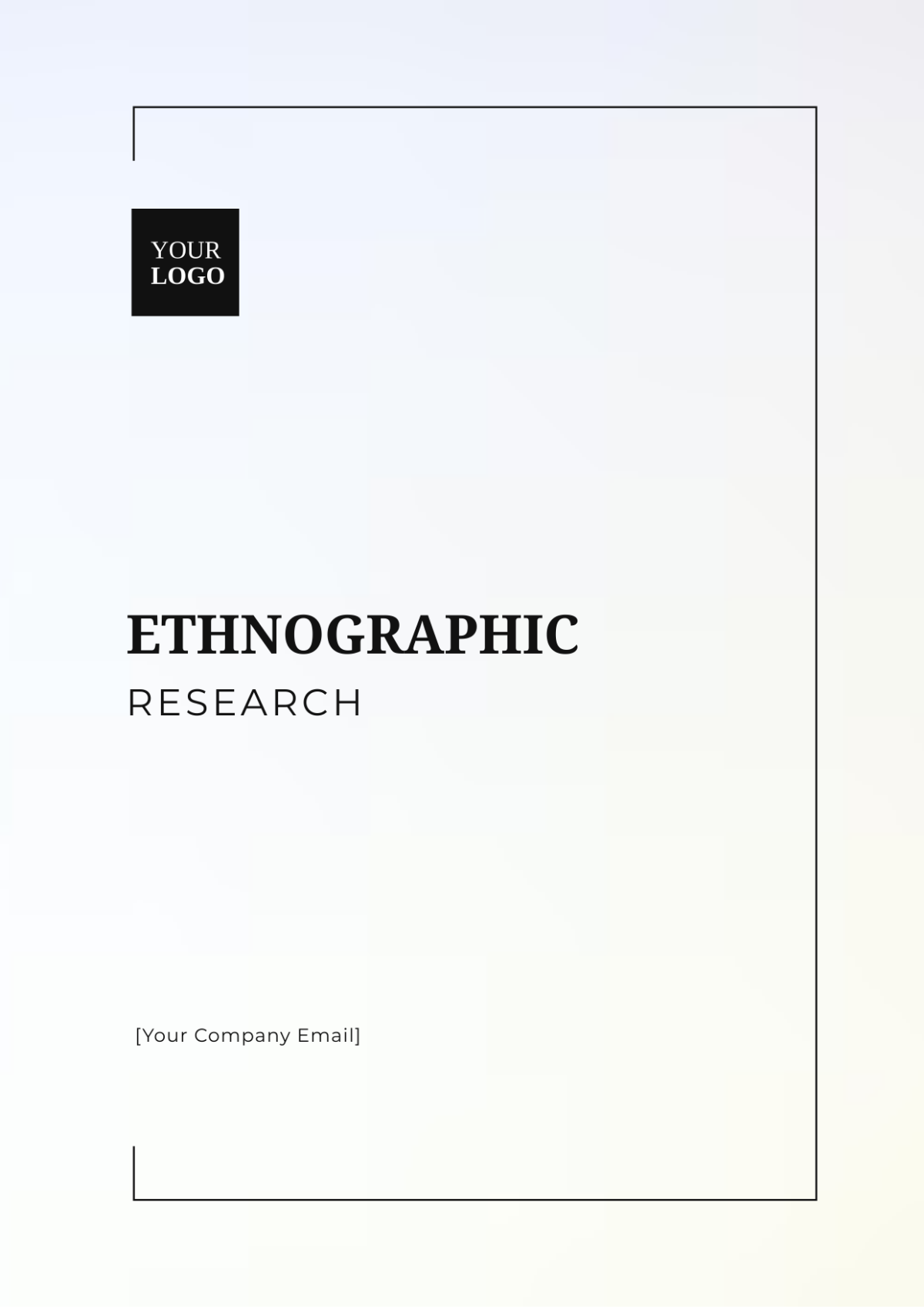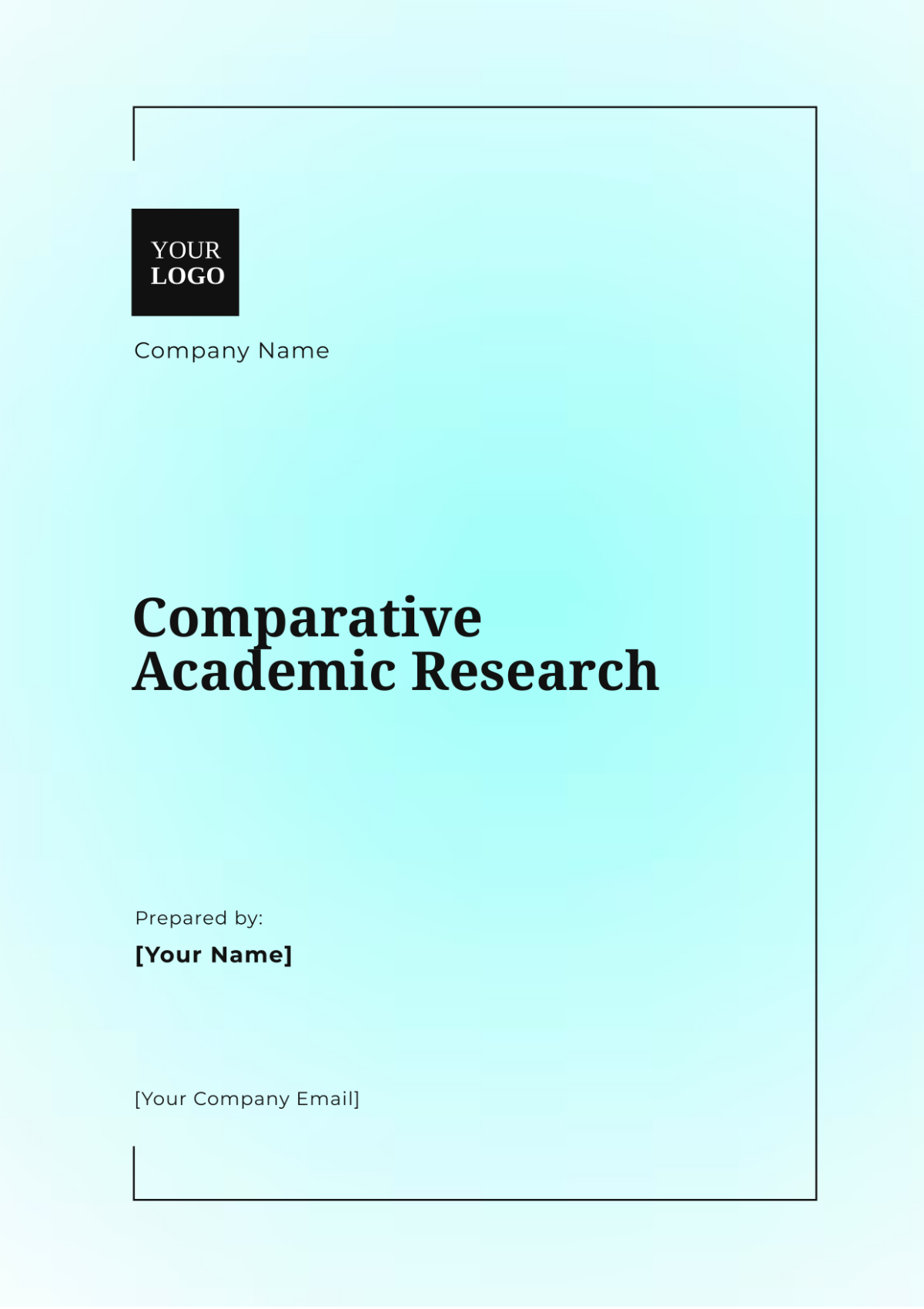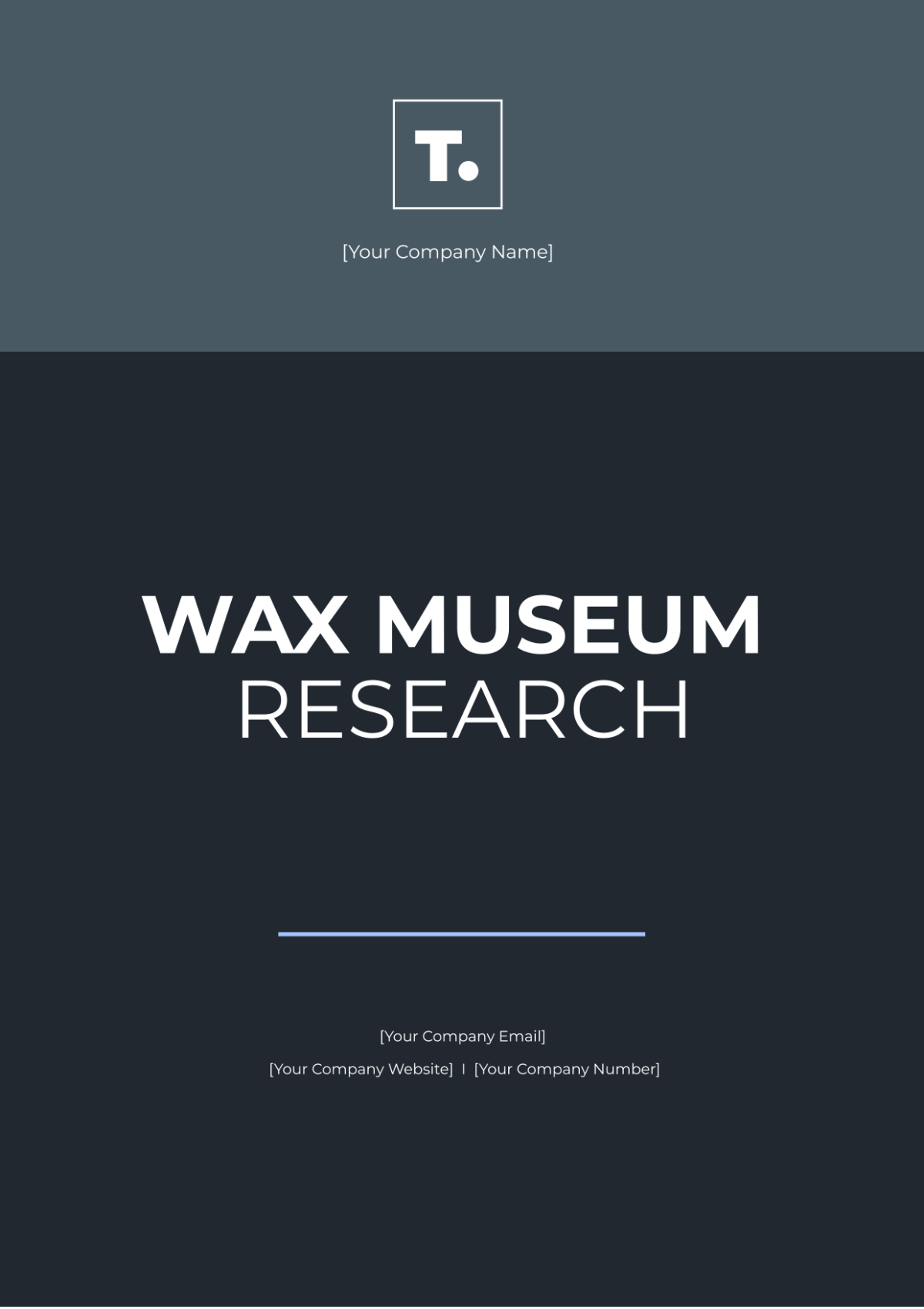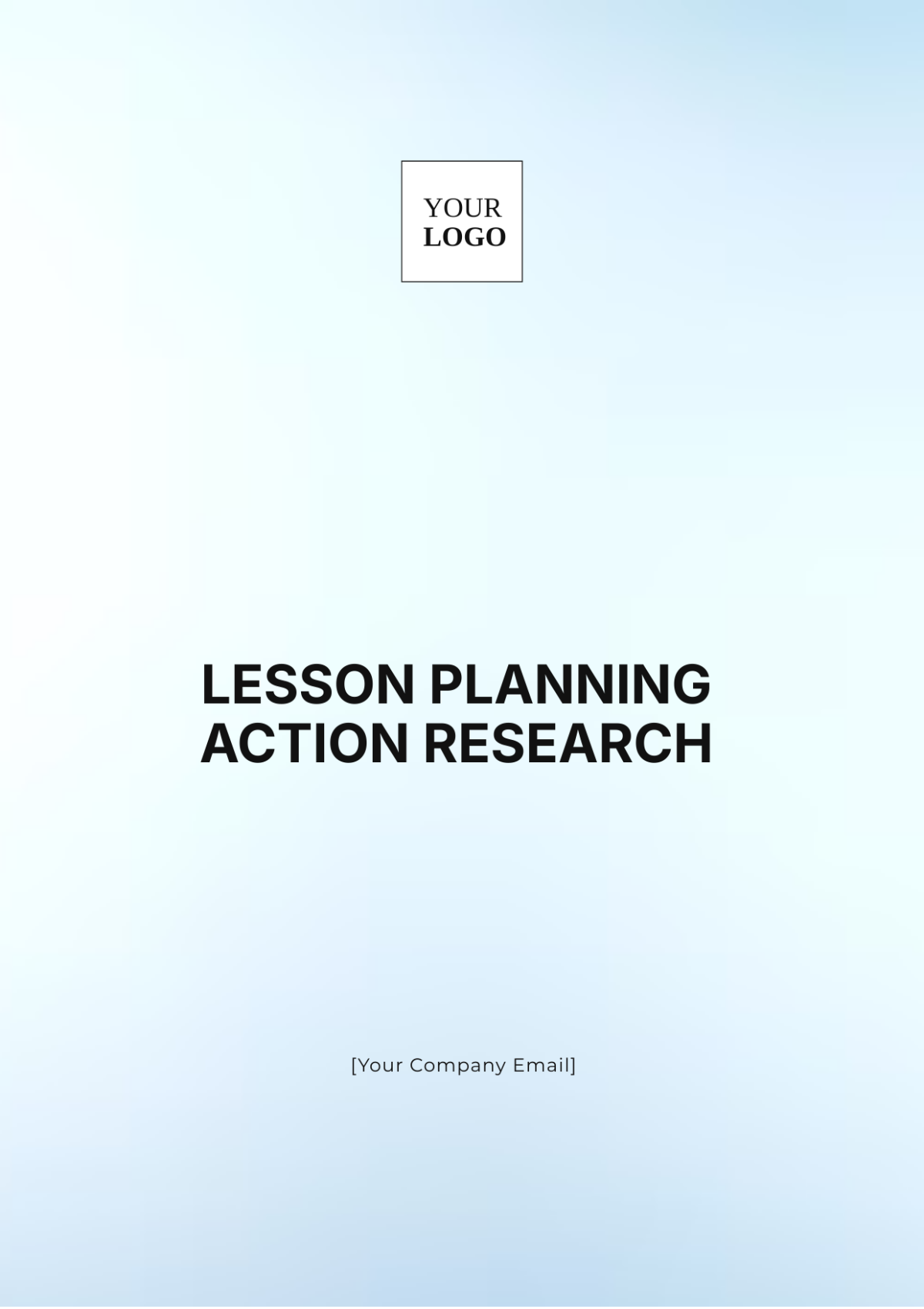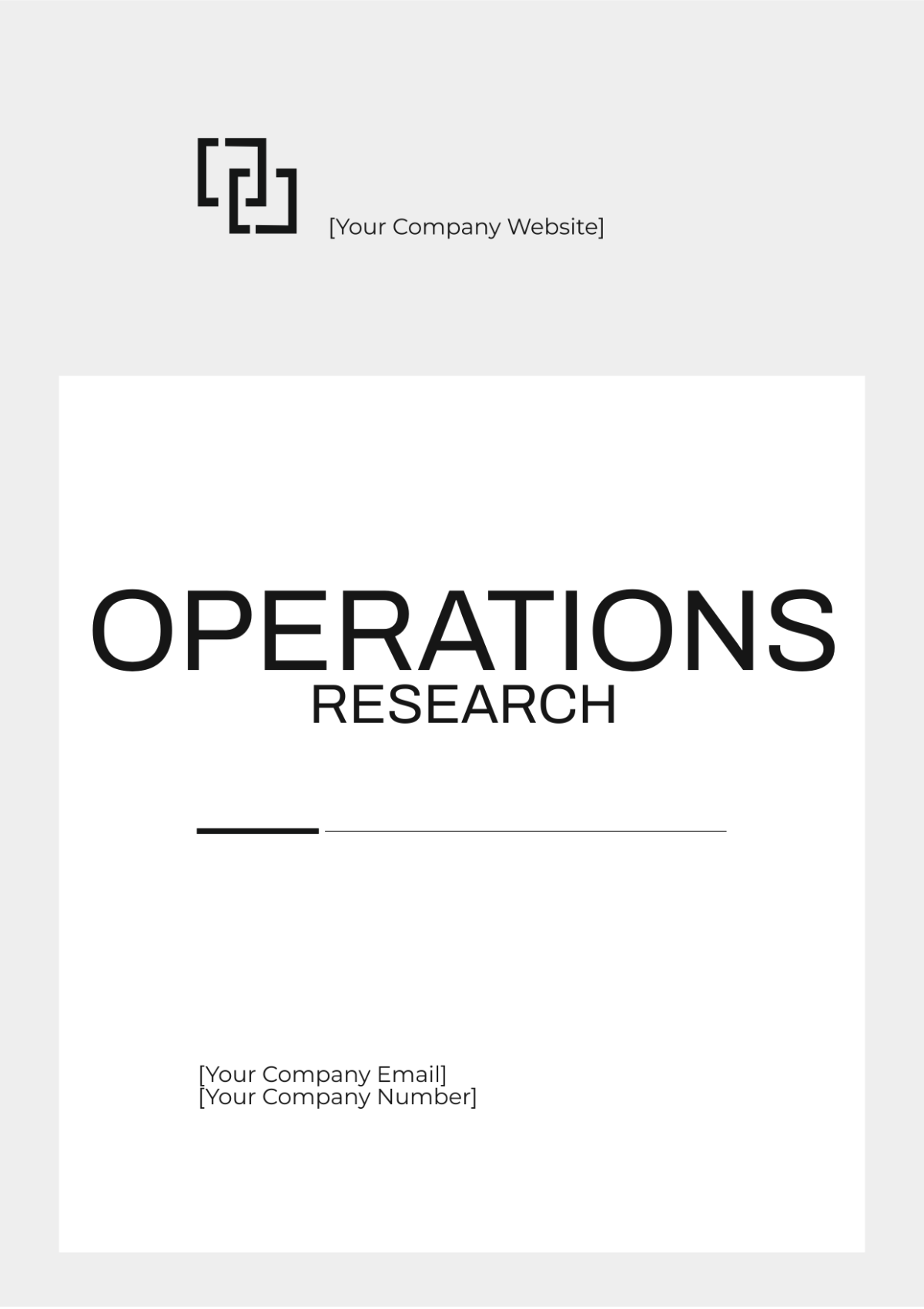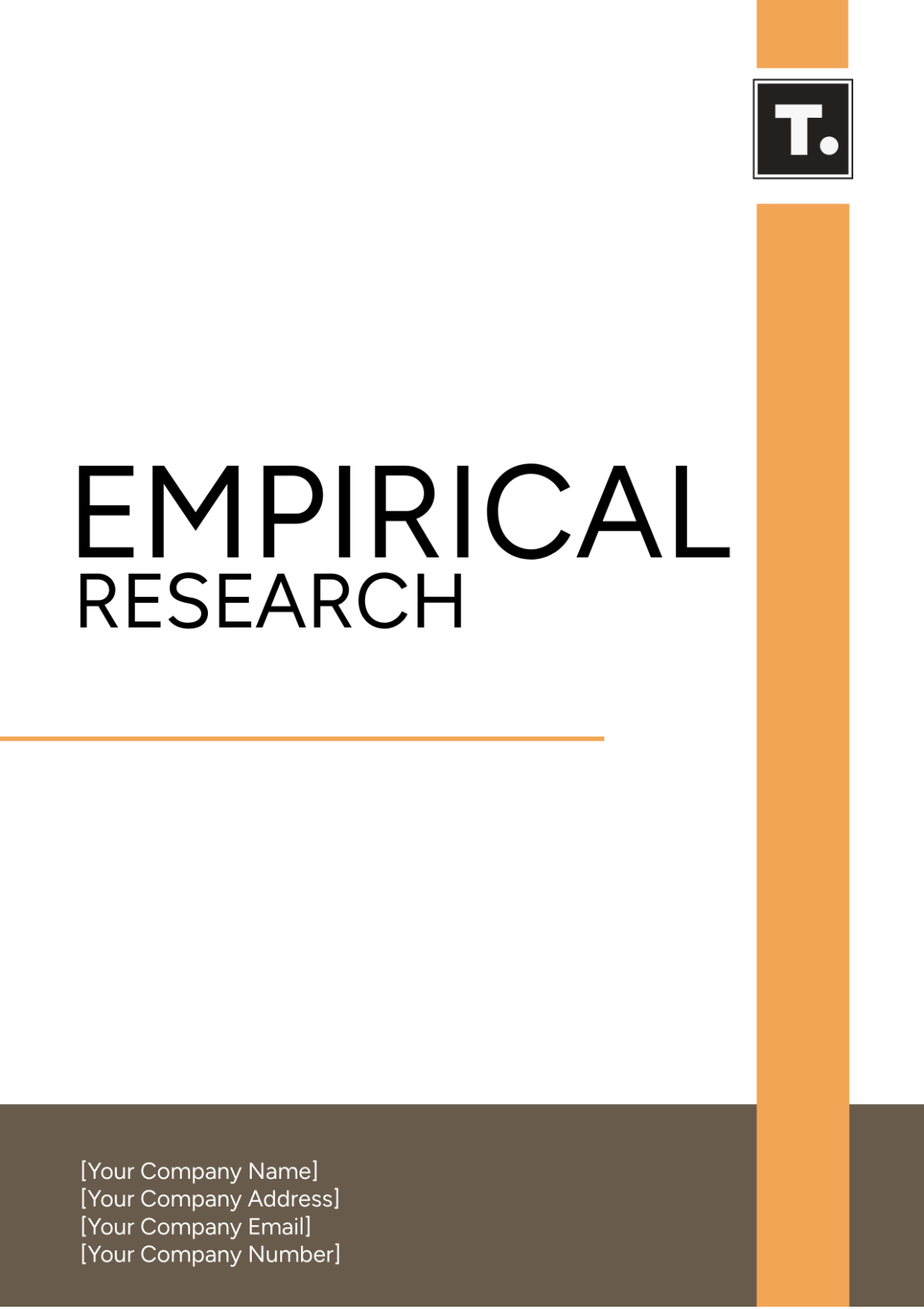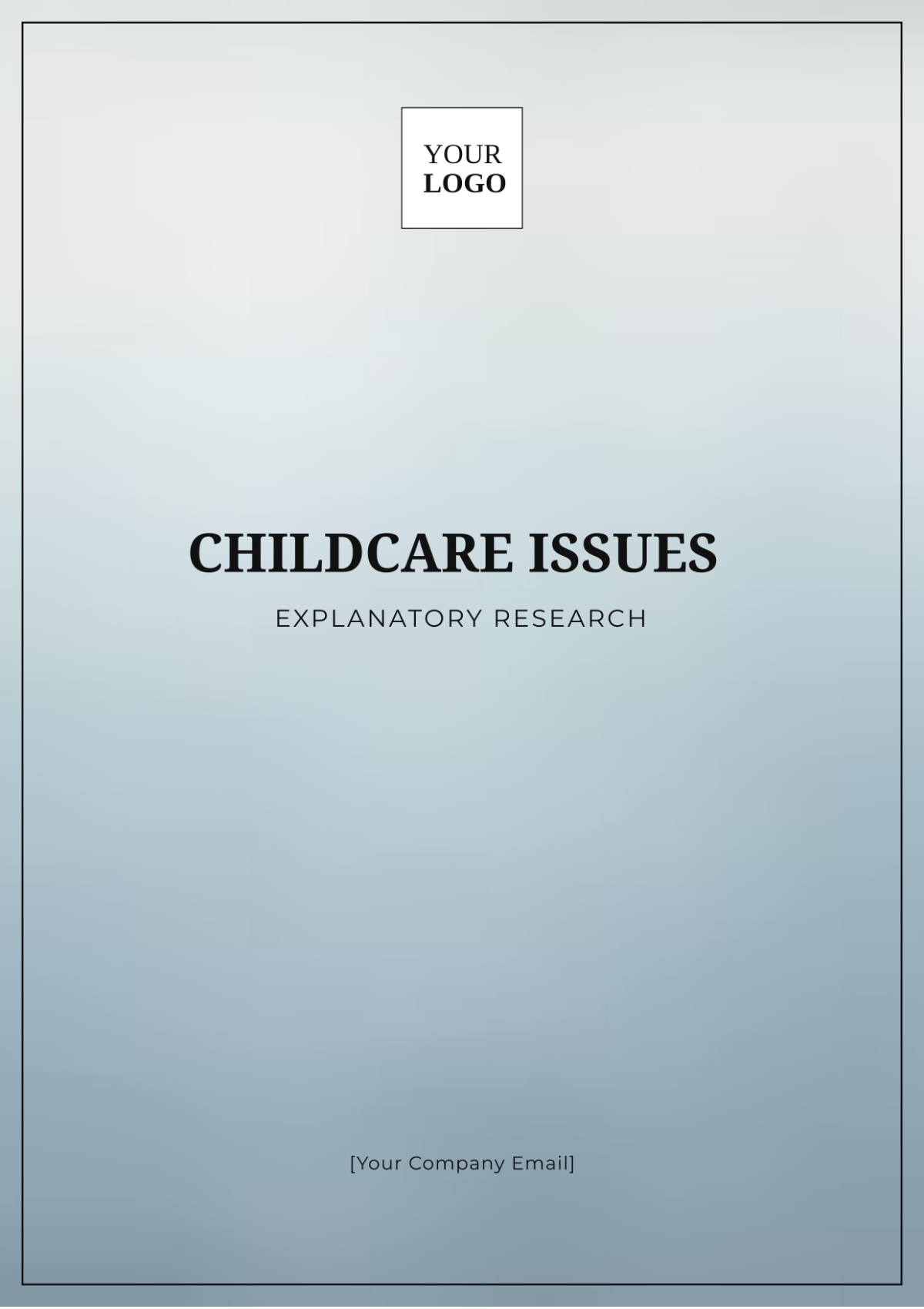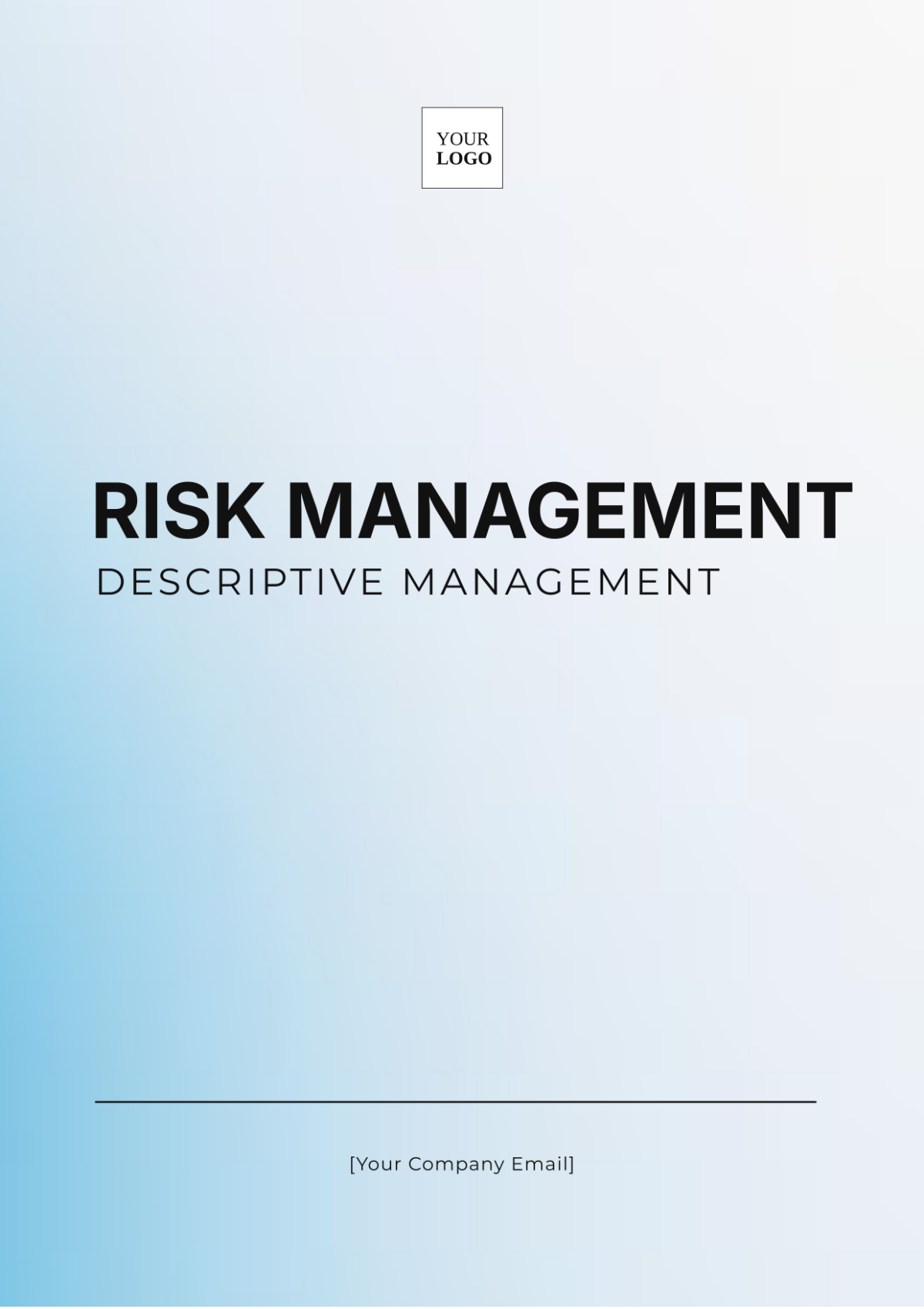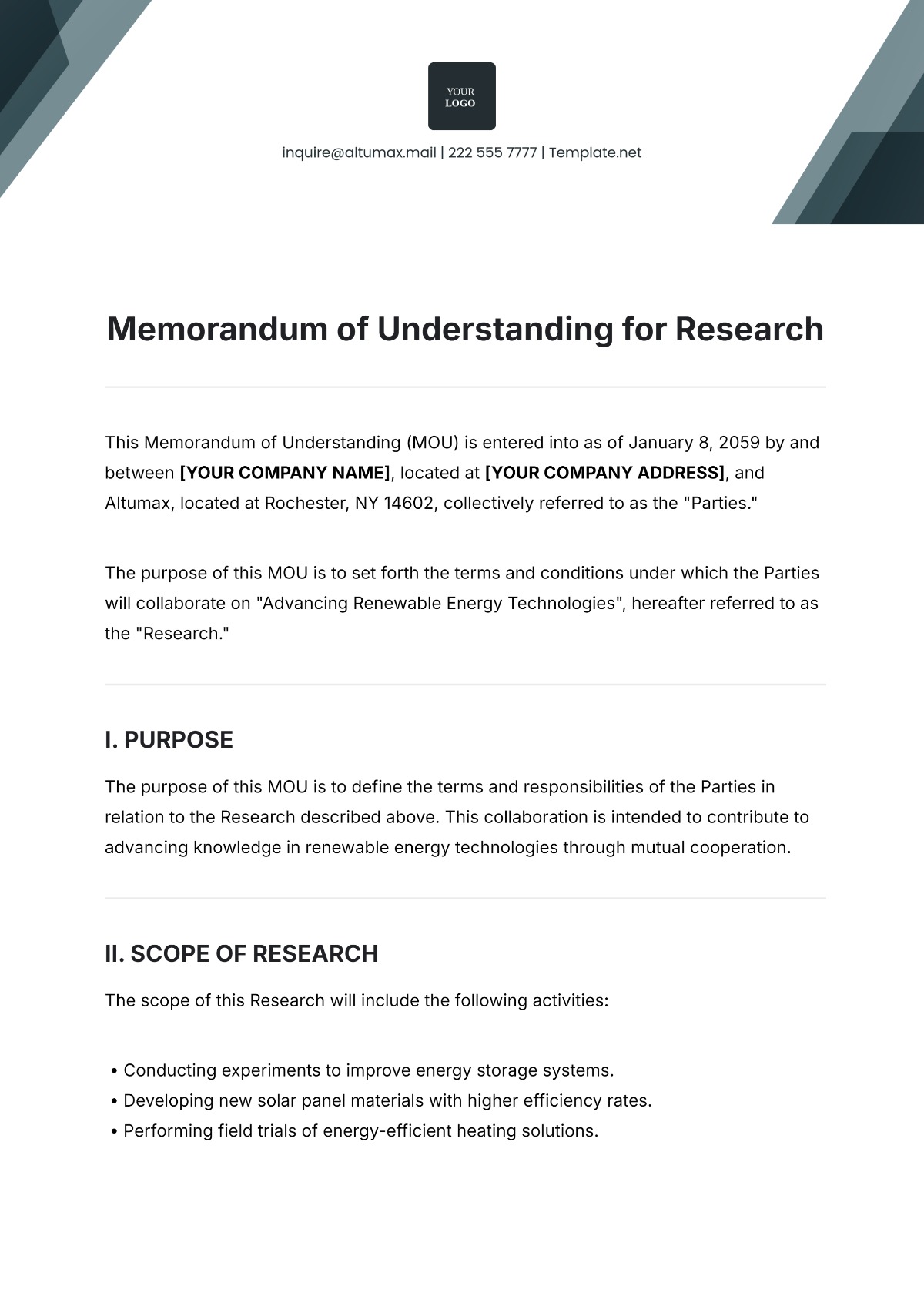Interview Outcome Explanatory Research
Introduction
In the realm of consulting projects, interview-based research serves as a cornerstone for generating valuable insights and actionable recommendations. This interview outcome provides a systematic framework for detailing and presenting findings from interviews conducted with stakeholders, clients, or subject matter experts. By adhering to this structured approach, the analysis of interview data becomes clear, comprehensive, and ready for decision-making.
Research Methodology
The Research Methodology section details the approach used to collect and analyze interview data. Key elements include:
Participants: Describe the individuals interviewed, highlighting their roles, expertise, and relevance to the project. For example, in a project assessing supply chain efficiencies, participants might include logistics managers, procurement officers, and warehouse supervisors.
Interview Questions: Provide a list of the key questions asked during the interviews. For example:
"What are the current bottlenecks in the supply chain?"
"How effective is the communication between departments?"
Data Collection: Explain the methods and tools used for recording and transcribing interviews. This might include digital voice recorders, transcription software and note-taking apps.
Analysis Techniques: Describe the techniques used to interpret and categorize the data, such as thematic analysis, coding, and the use of qualitative data analysis software like NVivo.
Key Findings
Present the main insights gained from the interviews, organized thematically or according to project priorities:
Theme 1: Operational Efficiency
Current Challenges: Summarize responses related to operational inefficiencies. For example, "Many interviewees noted delays in order fulfillment due to outdated inventory management systems."
Opportunities for Improvement: Highlight potential areas for enhancement. For example, "There is an opportunity to streamline order processing through automation."
Theme 2: Market Position
Strengths and Weaknesses: Detail insights on the client’s market position. For instance, "Interviewees identified the company's strong brand recognition but noted a lack of innovation in product development."
Competitive Analysis: Provide an overview of how the client compares to competitors. For example, "The company lags behind competitors in digital marketing strategies, affecting its online visibility."
Strategic Opportunities: Identify areas where the client can capitalize on market opportunities. For example, "There is a growing demand for eco-friendly products that the company could address through new product lines."
Recommendations
Offer actionable recommendations based on the interview findings. Suggestions should be specific and ranked by priority:
Recommendation | Description | Priority |
|---|---|---|
Improve Internal Communication | Develop and implement a comprehensive internal communication strategy to address current inefficiencies. | High |
Leverage Digital Marketing | Launch a robust digital marketing campaign to enhance market presence and attract new customers. | Medium |
Expand Product Line | Invest in research and development to diversify the product offerings and meet emerging market demands. | Low |
Conclusion
Summarize the key points from the interview-based research, emphasizing the primary recommendations. Outline a follow-up plan or next steps for implementing the proposed solutions, such as scheduling a workshop to develop an action plan or setting up a task force to oversee implementation.
References
Smith, J. (2051). Improving Supply Chain Efficiency. Business Publications.
Doe, A., & Johnson, B. (2052). Analyzing Market Trends. Journal of Business Research, 45(3), 123-145. https://doi.org/10.1234/jbr.2021.012345







